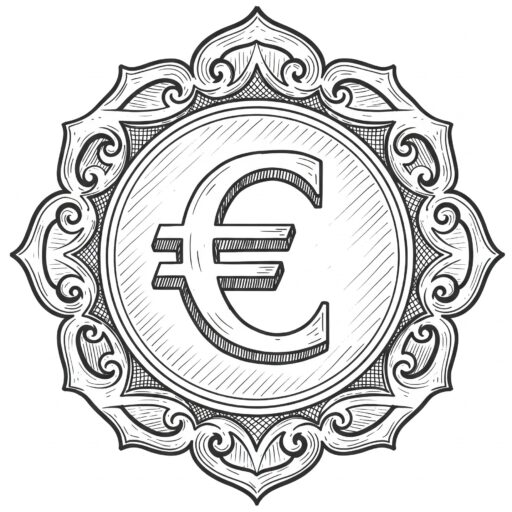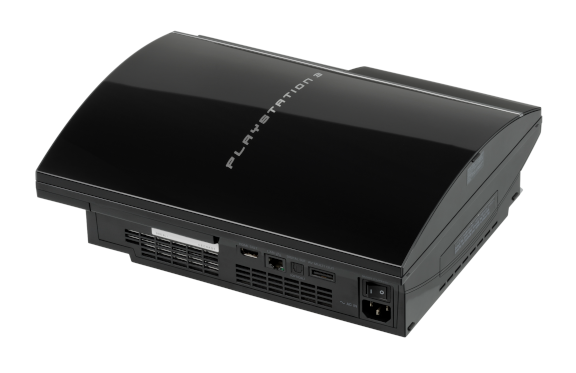Note: Within the last year or so the folks at Goodwill have become more savvy about the kinds of products that pass through their stores, and the really good deals are getting harder to come by, but it’s still worth a deep dive now and again to see what’s out there!
Did you know that Goodwill has its own online auction site? ShopGoodwill.com is like shopping every Goodwill thrift store nationwide at once!
It can be a lot of fun to peruse, but it can also be overwhelming, so we’ve created this guide (below) to help you get to the good stuff!
Already know how to shop auction sites? Then jump to the end for Saved Searches that will save you time and headache sifting through the thousands and thousands of listings!
How To – Auction Sites
Shopgoodwill.com is a great introduction to shopping online auction sites because you can trust the sellers (Goodwill Industries) to be legitimate, and the cost to entry is low. However, there are some points to remember when shopping this site or any other auction site:
- Research the auction site – is it legit?
- Sharing your personal information – is it safe?
- Understand your total cost – is it worth it?
- Research the seller – can you trust them?
- Know the terms of sale – can you return it?
Research the Auction Site
It’s important to find out as much as possible about the auction site, who sells products there, and what to watch out for (scams). This research can be done by searching the following types of questions in your favorite search engine (chrome, edge, firefox, etc.):
- Is (auction site) a legitimate online auction site?
- Does (auction site) have a problem with scams?
- Is my personal information safe with (auction site)?
Sharing Your Personal Information
Your personal information may be safe from theft or other malevolent actions, but there are still issues to look out for. For example, will your information be shared with 3rd parties, sold to marketing services, etc.? Are the deals at this auction site really worth inviting that mess into your email inbox?
This research can be done by asking friends who have used the auction site, and by searching online for horror stories. Reddit.com is a great resource for this kind of feedback.
If you have a reddit account, you can join thrift store shopping groups like r/ThriftStoreHauls, or r/Thrifting and you have access to millions of Redditers who are happy to share their good and bad stories with you!
Understand Your Total Cost
In addition to the final auction amount, you will have costs for shipping and handling. It’s important to know these amounts before you begin bidding so you can factor it into the final sale price and determine if the item is worth it.
If the item up for auction is delicate and there is the potential for damage during shipping, then you may want to pay for insurance or it may be factored into the shipping and handling. The seller should always have these costs detailed out in the description. If they don’t, then assume the worst and walk away!
Shipping costs are usually set by weight and shipping speed, but “handling” costs can be all over the place! Even at ShopGoodwill.com you will find that they set shipping and handling costs on the high side, but you can be comfortable knowing the money is going to support a good cause.
Sellers at sites like eBay are notorious for hiding costs in the shipping and handling. If the starting bid seems too low then it’s likely the shipping and handling will be ridiculously high.
Research the Seller
This is easy with ShopGoodwill.com – the seller is always Goodwill Industries.
Most legitimate resale and auction sites will provide you with detailed stats about their sellers, and will have methods for shoppers to leave comments about their experience. These resources are very helpful in determining your risk.
The best reference is a personal one – this kind of feedback can come from friends, family, and acquaintances. Check with your social media circles to see if anyone has purchased from this seller, and ask about their experience.
Know the Terms of Sale
Terms of Sale should be clearly spelled out in the listing details. Often, when buying used you will be purchasing “as-is.”
Any “as-is” sale should include LOTS of photos from a variety of angles, and should be accompanied with a detailed description of any noticeable flaws.
Sales of designer brands, signed artwork, or other items where most of the value results from the association with the person who created it should be accompanied by a Certificate of Authenticity (CoA) from a legitimate assessor. Without a CoA, the price should be no higher than if the item was made by any other manufacturer.
If you aren’t comfortable with the level of detail in the listing, contact the seller and ask for more details – if they are legit they will be happy to answer your questions, and provide additional pictures.
If the seller allows returns/refunds be sure you know who is paying for the return postage before you make the purchase!
ShopGoodwill.com – Saved Searches
ShopGoodwill.com has thousands of items for sale through its site, and you can spend hours searching the listings. For those of you who don’t have that kind of time, we’ve saved you some steps to make the process faster and easier!
Below are saved searches intended to help you get right to the good stuff! And remember: designer items should always include a Certificate of Authenticity (CoA).


